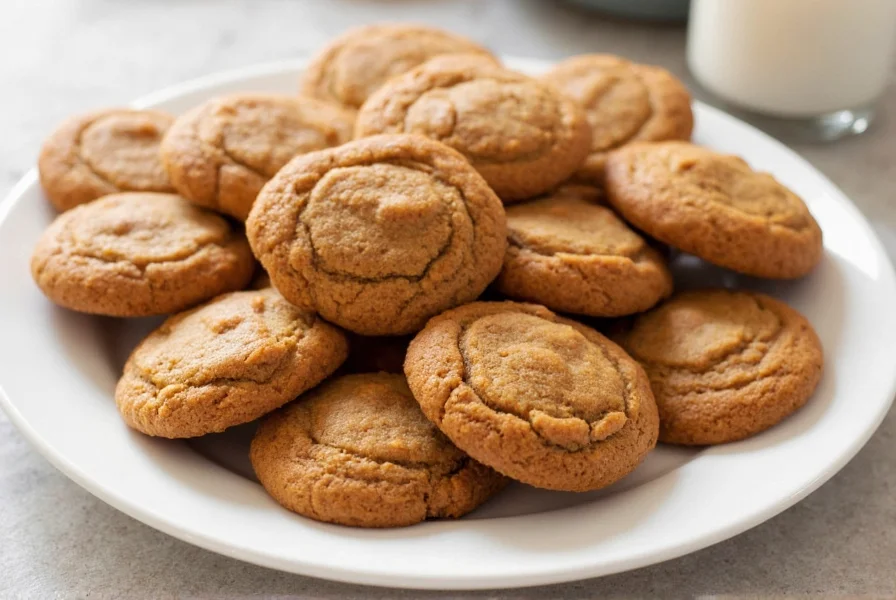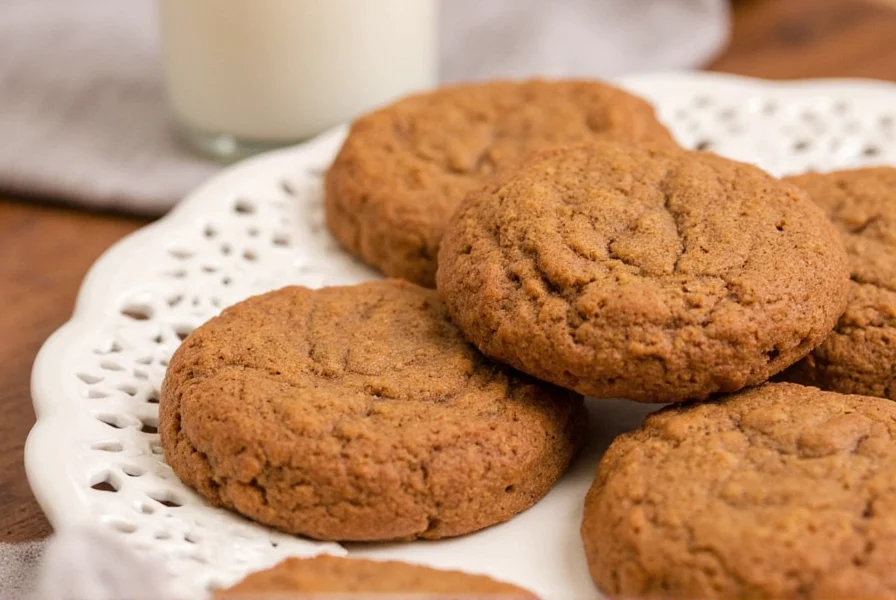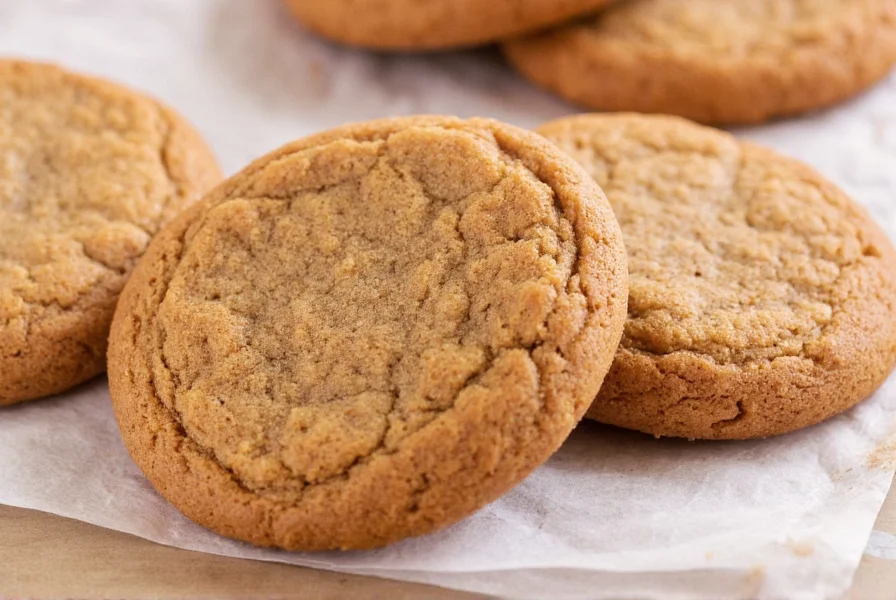The Science Behind Perfect Ginger Cookies
Creating exceptional ginger cookies requires understanding how ingredients interact. The magic happens through the Maillard reaction and caramelization during baking, which develops complex flavors beyond what you'd expect from just mixing ingredients. Molasses isn't merely a sweetener—its acidity reacts with baking soda to create the signature crackled top and tender interior. The precise ratio of crystallized ginger to ground spices determines whether your cookies will be pleasantly spicy or overwhelmingly hot.
Ingredient Breakdown: Why Each Component Matters
Understanding your ingredients transforms cookie-making from following instructions to culinary artistry. Let's examine each component's role:
| Ingredient | Function | Professional Tip |
|---|---|---|
| Molasses (dark) | Provides deep flavor, moisture, and reacts with baking soda | Substitute 1/4 cup honey if needed, but expect milder flavor |
| Freshly ground ginger | Delivers vibrant, complex spice notes | Grind whole ginger root for 30 seconds before measuring |
| Cinnamon (Ceylon) | Complements ginger without overpowering | Use 1/2 teaspoon Ceylon plus 1/4 teaspoon Cassia for depth |
| Butter (European style) | Higher fat content creates richer texture | 82% butterfat minimum for optimal spread and chew |
Essential Equipment Checklist
While you don't need specialized tools, these items ensure consistent results:
- Digital kitchen scale (for precise measurements)
- Microplane grater (for fresh ginger)
- Cookie scoop (1.5-inch size)
- Chilled baking sheets (prevents premature spreading)
- Oven thermometer (verifies accurate temperature)
Step-by-Step Baking Instructions
Follow these detailed steps for professional-quality ginger cookies:
- Prepare ingredients: Measure all ingredients using the spoon-and-level method for dry ingredients. Soften butter to 65°F (slightly cool to touch).
- Cream butter and sugars: Beat butter, brown sugar, and molasses for 3 minutes until light and fluffy. This incorporates air for proper rise.
- Mix dry ingredients: Whisk flour, ginger, cinnamon, cloves, baking soda, and salt. Sift if ginger contains lumps.
- Combine: Gradually add dry ingredients to wet, mixing just until incorporated. Overmixing develops gluten, causing toughness.
- Chill dough: Refrigerate for minimum 2 hours (or up to 72 hours). This hydrates flour and prevents excessive spreading.
- Preheat oven: Set to 350°F with rack in center position. Place oven thermometer inside.
- Shape cookies: Roll dough into 1.5-inch balls, roll in coarse sugar, and place 3 inches apart on parchment-lined sheets.
- Bake: 10-12 minutes until edges are set but centers appear slightly underdone. Rotate sheet halfway through baking.
- Cool: Let cookies rest on baking sheet for 5 minutes before transferring to wire rack.
Pro Techniques for Perfect Results
Professional bakers use these advanced methods to elevate their ginger cookies:
- Temperature control: If your kitchen exceeds 75°F, chill dough balls for 15 minutes before baking to prevent flat cookies
- Spice blooming: Toast ground spices in a dry pan for 30 seconds to intensify flavors before mixing
- Texture variation: For crispier cookies, bake 2 minutes longer; for chewier centers, underbake slightly
- Flavor development: Let cookies rest 24 hours before serving—flavors meld and texture improves
Troubleshooting Common Ginger Cookie Problems
Even experienced bakers encounter issues. Here's how to fix them:
- Problem: Cookies spread too much
- Solution: Chill dough longer (up to 72 hours), verify oven temperature, reduce butter temperature
- Problem: Cookies too hard
- Solution: Measure flour correctly (spoon-and-level), increase molasses by 1 tablespoon, reduce baking time
- Problem: Weak ginger flavor
- Solution: Use fresher spices, add 1/4 teaspoon black pepper to enhance perception of heat, incorporate 1 tablespoon finely minced crystallized ginger
Delicious Variations to Try
Once you've mastered the classic recipe, experiment with these creative twists:
- Lemon-Infused: Add 1 tablespoon finely grated lemon zest and 1/2 teaspoon lemon extract
- Chocolate-Dipped: After cooling, dip half of each cookie in melted dark chocolate
- Sticky Toffee: Replace 2 tablespoons molasses with date syrup for deeper caramel notes
- Gluten-Free: Substitute flour with 1:1 gluten-free blend and add 1/4 teaspoon xanthan gum

Storage and Serving Recommendations
Proper storage maintains texture and flavor:
- Room temperature: Store in airtight container with slice of bread (the bread absorbs excess moisture) for up to 1 week
- Freezing: Freeze baked cookies between parchment layers for 3 months, or freeze dough balls for 6 months (bake from frozen, adding 2 minutes)
- Serving: Pair with vanilla ice cream for ginger cookie sandwiches, or crumble over warm apple crisp












 浙公网安备
33010002000092号
浙公网安备
33010002000092号 浙B2-20120091-4
浙B2-20120091-4